The Ankle-Brachial Index: A Painless Test for Peripheral Artery Disease
An ankle-brachial index test or ABI test, which is rapid and noninvasive, is the best examination for finding out if you have peripheral artery disease (PAD). Your leg arteries are narrowed or blocked by poor circulation. PAD also increases the risk of stroke, heart attack, and other cardiovascular disorders. A 1.0 to 1.4 test result is considered normal.
An easy and quick method to check for peripheral artery disease (PAD) is the ankle-brachial index test. Reduced blood flow to the arms and legs due to blocked arteries is the root of the illness. Walking with PAD may result in leg pain. The risk of a heart attack and stroke is also increased by PAD.
The test known as the ankle-brachial index compares the blood pressure obtained at the ankle and the arm. Leg artery constriction or obstruction may be indicated by a low ankle-brachial index number.
Ankle-brachial index analysis can be performed both before and after a treadmill walk. The exercise ankle-brachial index test is the term for this. It can determine the degree to which walking-induced artery constriction develops.
What is an ankle-brachial index?
The ankle-brachial index (ABI) is a simple, non-invasive examination for peripheral artery disease (PAD). Once you understand you have PAD, you can repeat the test to see how you’re accomplishing after treatment.
The ABI can tell your healthcare provider:
- The degree of your PAD, but it is unable to determine the precise site of the constricted or blocked blood arteries.
- If there is sufficient oxygen reaching your arms and legs.
- How severe is your post-trauma vascular injury?
- The chance of dying from a heart condition. Having PAD is an indication of an increased chance of dying from a cardiovascular cause, even if you are symptomless.
Early detection of PAD permits individuals to modify their lifestyle and receive treatment that may lower their chance of developing cardiovascular problems.
What is peripheral artery disease (PAD)?
Peripheral artery disease is a disease that causes insufficient blood flow to your legs and other regions of your body. This occurs when your blood vessels are obstructed or narrowed by atherosclerosis.
Peripheral artery condition raises your risk of:
- Stroke.
- Transient ischemic attack (TIA/mini-stroke).
- Heart attack.
- Other cardiovascular problems.
What benefits does the ankle-brachial index test provide?
The ankle-brachial index test is the chosen way to screen at-risk people and analyze PAD because it’s:
- Simple.
- It takes about 15 to 20 minutes.
- Low-cost.
- It can be performed in your provider’s office or an outpatient clinic.
- It is non-invasive and does not generate any long-term issues.
When would an ankle-brachial index be required?
The ankle-brachial index examination is done to check for PAD constricted arteries that decrease blood flow, usually in the legs. For those experiencing pain in their legs when walking, the ankle-brachial index test may be helpful. The test also can be useful for patients who have risk factors for PAD.
Your doctor suggests this ankle-brachial index test if you have:
- High blood pressure
- High cholesterol
- Restricted blood flow in other body areas (atherosclerosis)
- Have a history of using tobacco products.
- if you are over 50 and have diabetes.
- Are older than age 65.
- If you have a family history of heart disorder, Hypertension, or high cholesterol.
You should not go for an ankle-brachial index test if you have:
- Severe leg pain.
- Cuts on your legs or feet.
- Deep vein thrombosis.
Ankle-brachial index testing is done by whom?
Typically, nurses provide the ankle-brachial index exam. The test can, however, be administered by physicians, nurse practitioners, and other medical professionals. The test is frequently performed in the clinic of a primary care physician. On the other hand, the test might be administered to you at the hospital.
How is the ankle-brachial index test done?
Your doctor will measure the blood pressure in particular arteries in your arms and ankles. For them to measure your blood pressure, they will listen to the blood flow in the arteries using an ultrasound instrument, which produces sound waves.
How you prepare
Ankle-brachial index testing does not require any specific preparations. The procedure is painless and works similarly to taking blood pressure during a standard doctor’s appointment. Put on relaxed, loose clothing.
This makes it simple for the healthcare professional performing the ankle-brachial index test to apply a blood pressure cuff to the upper arm and ankle.
Before your test:
- Do not exercise during the hour before the test.
- Do not eat or drink anything containing caffeine on your test day.
- Do not use tobacco products or alcohol for one hour before your test.
- Wear loose-fitting, comfortable clothing.
- If you have done any procedures to enhance leg circulation, inform your doctor.
- your bladder should be empty.
What to predict on the day of the test
Before the test begins, you will lie down and rest for ten to thirty minutes. Throughout the test, you should remain on your back. Your arms and ankles may be pushed up on pillows or cushions during the blood pressure measurement since they must be at heart level.
Before obtaining each of your blood pressure readings, your provider may use an ultrasound machine to listen to your pulse and blood flow. This helps in their determination of the ideal artery to use throughout the examination.
What to expect from a test for ankle-brachial index
Your healthcare provider will:
- In one of your arms, take the brachial artery blood pressure.
- Measure the blood pressure in your dorsalis pedis or posterior tibial artery in your ankle area on the same side of the arm you measured dorsalis artery pressure.
- Check your opposite leg’s ankle’s blood pressure.
- Take your opposite arm’s blood pressure.
- By dividing your higher systolic ankle blood pressure (top number) by your higher systolic arm blood pressure, you can find your ankle-brachial index.
Ankle-brachial index test results: what to expect
There is no need for anesthesia or skin punctures for this noninvasive examination. You can do your regular regular activities after the test.
Results and Follow-Up
The result of ABI is calculated by dividing the blood pressure measurements from the arms and ankles. The ratio of the two measures is the index.
According to the calculated value, your ankle-brachial index can indicate that you have:
- No blockage (1.0 to 1.4). If your ankle-brachial index remains within this range, you most likely don’t have PAD. However, an exercise ankle-brachial index test may be necessary if you present PAD symptoms.
- Borderline blockage (0.90 to 0.99). In this region, an ankle-brachial index value suggests borderline PAD.
- PAD (less than 0.90). An ankle-brachial index number in this range indicates a diagnosis of PAD. To see the arteries in your legs, you could undergo additional testing like an angiography or ultrasound.
Once your blood pressure is taken and the ankle-brachial index is calculated, your healthcare professional will give you a value that falls between less than 1 and slightly above 1. Ankle-brachial indexes normally range from 1.0 to 1.4.
ABI Ratio What It Means
| Greater than 1.4 | Complications and vessel hardening ( constricted blood vessels in the limbs) | Refer to vascular specialist |
| 1.0 – 1.4 | Normal | None |
| 0.9 – 1.0 | Acceptable | None |
| 0.8 – 0.9 | Some arterial disease (PAD) | Treat risk factor |
| 0.5 – 0.8 | Moderate arterial Disease (moderate PAD) | Refer to vascular specialist |
| Less than 0.5 | Severe arterial disease (severe PAD) | Refer to vascular specialist |
An accurate blood pressure reading (ankle-brachial index) may be required for those with diabetes who are difficult to control, have suffered from the disease for a long time, or have severely clogged arteries.
The following treatments may be required, depending on how severe the blockage is:
- Lifestyle changes
- Medication
- Surgery to treat PAD
How is the ankle-brachial index determined?
By dividing the greater of your two systolic (top number) blood pressure readings from your two ankle arteries by the higher systolic blood pressure readings from your two arm readings, you can find your ankle-brachial index. Rather than using the greater number, some individuals choose to use the average of each pair of readings.
The low ankle-brachial index suggests:
You have PAD if your ABI is less than 0.9. You are more likely to suffer from:
- Heart attack.
- Kidney disorder.
- hypertension.
- Stroke.
If your doctor sees PAD signs, but your ABI is just slightly low, your doctor checks your ABI again after you walk on a treadmill. An odd result is a reduction of 20% or more after you exercise.
The high ankle-brachial index suggests:
If your ABI ratio is more than 1.4, it may indicate that you have diabetes or severe age-related arterial stiffness in your limbs. Ankle-brachial index values greater than 1.4 were associated with a twofold increased risk of cardiovascular death, according to research.
Risks
The blood pressure cuffs might cause pain in the arm and leg while they inflate. However, as the air is released from the cuff, this discomfort should subside.
A separate vascular imaging test of the legs may be necessary for severe leg pain. Side effects are rare, though you may experience some discomfort when the blood pressure cuffs tighten.
When should I call my doctor?
Contact your doctor by getting your results. Depending on your results, you may be required to schedule other testing or treatments. If you have PAD, you will be required to schedule regular appointments with your healthcare provider. You may be required to repeat the ankle-brachial index test from time to time, particularly if your number is outside of the normal range. Routine testing will allow your provider to know if your PAD is getting worse. It can also tell your provider how well medicines to open your blood vessels are working.
Note
Peripheral artery disease (PAD) can be quickly and easily diagnosed with an ankle-brachial index test. This test involves no needles, cuts, or sedatives, so there’s nothing to be afraid of. You will be doing yourself a favor by catching the illness early if your healthcare professional discovers that you have it. There are alternatives for treatments to help your condition.
FAQ
What is the ankle-brachial index normal range?
The normal range of ABI cut-off values is 0.9–1.4. Less than 0.9 on the ankle-brachial index signifies abnormal and is a strong independent marker for cardiovascular risk.
How does ABI calculate?
ABIs, or ankle-brachial index, are a quick test that compares the blood pressure in the lower and upper extremities. Medical professionals calculate ABI by dividing the blood pressure in an ankle artery by the blood pressure in an arm artery.
How normal ABI is calculated?
Let’s say that you have a patient whose highest right ankle pressure is 139 mmHg and whose highest overall brachial pressure is 126 mmHg. By dividing 139 mmHg by 126 mmHg, one may find the correct ABI ratio, which comes out to 1.10 (a normal ABI).
Why do we perform the ankle-brachial index?
Peripheral artery disease (PAD) can be detected with the use of the ankle-brachial index. An easy and quick method to check for peripheral artery disease (PAD) is the ankle-brachial index test. Reduced blood flow to the arms and legs due to restricted arteries is the disease’s cause. Walking with PAD may result in leg pain.
What is the accuracy of the ankle-brachial index?
The ratio of the brachial artery pressure to the ankle systolic pressure is known as the ankle-brachial index, or ABI. A diagnosis of PAD can be made with up to 90% accuracy when the ABI is ≤0.9.
References
- Professional, C. C. M. (n.d.-d). Ankle-Brachial Index (ABI). Cleveland Clinic. https://my.clevelandclinic.org/health/diagnostics/17840-ankle-brachial-index-abi
- Ankle-brachial index – Mayo Clinic. (2022, August 20). https://www.mayoclinic.org/tests-procedures/ankle-brachial-index/about/pac-20392934#:~:text=The%20ankle%2Dbrachial%20index%20test%20compares%20the%20blood%20pressure%20measured,after%20walking%20on%20a%20treadmill.
- Larson, J. (2019, December 18). What is an ankle brachial index test and what is it used for? Healthline. https://www.healthline.com/health/ankle-brachial-index#bottom-line
- Ankle Brachial Index (ABI Testing) | Naples Cardiac & Endovascular Center. (n.d.). Naples Cardiac & Endovascular Center. https://heartvein.com/arterial-disease/tests/ankle-brachial-index-abi

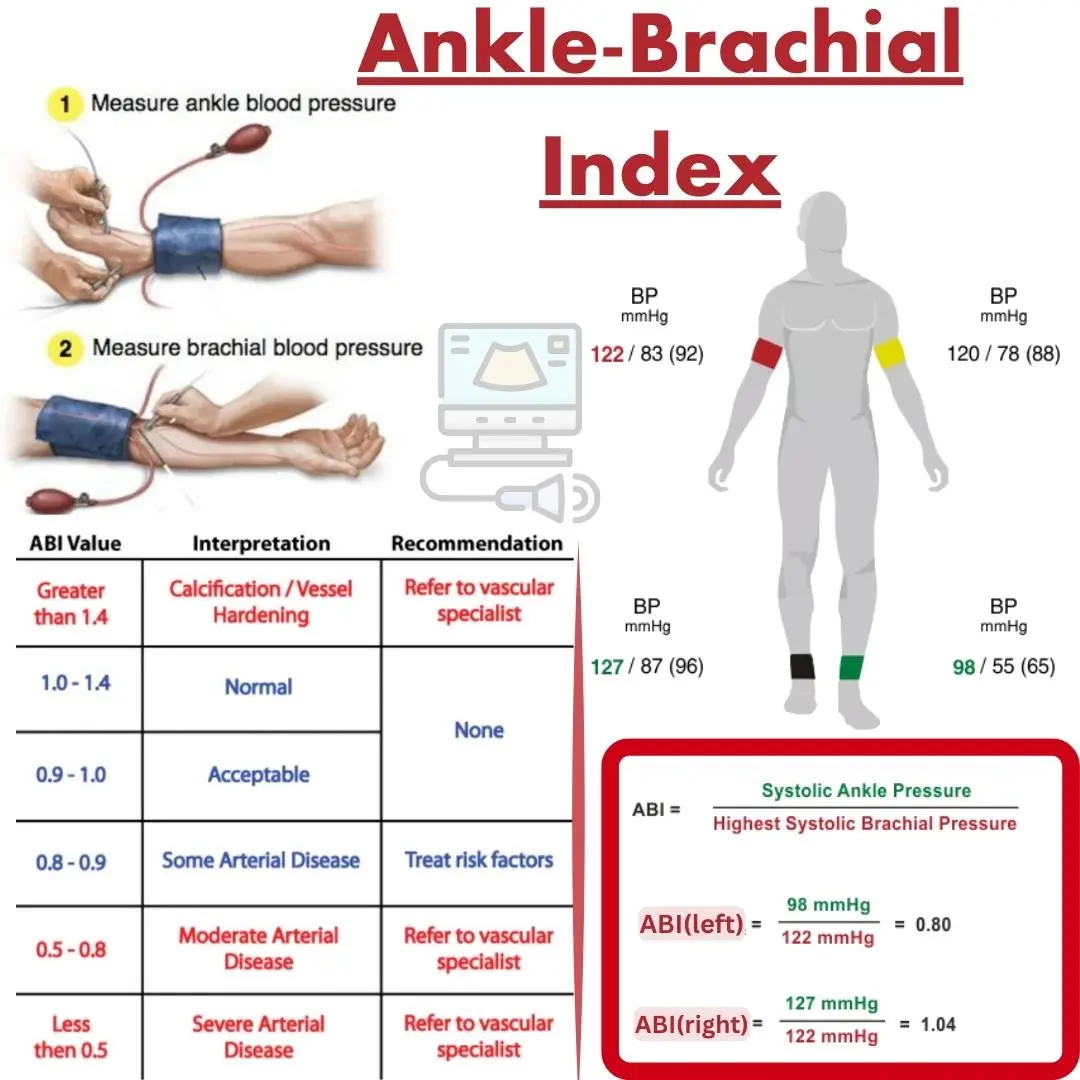
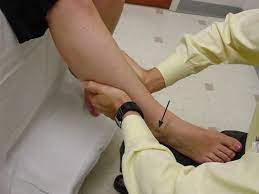
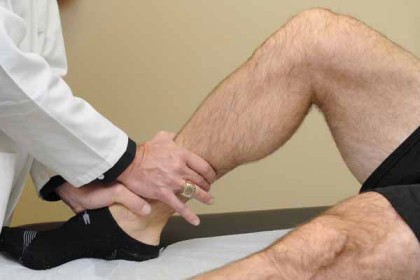
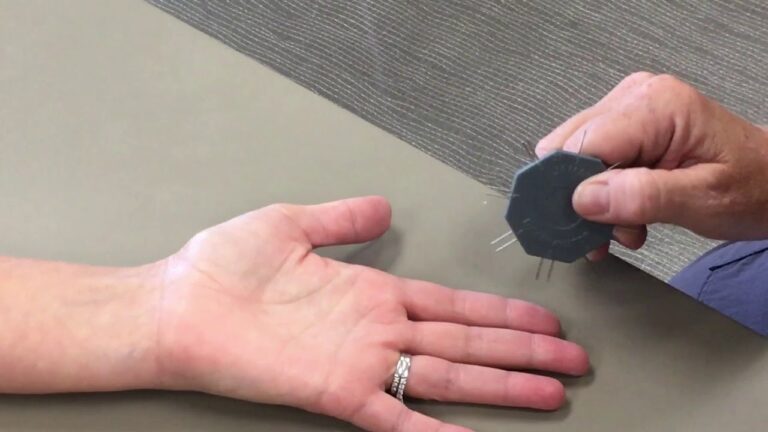

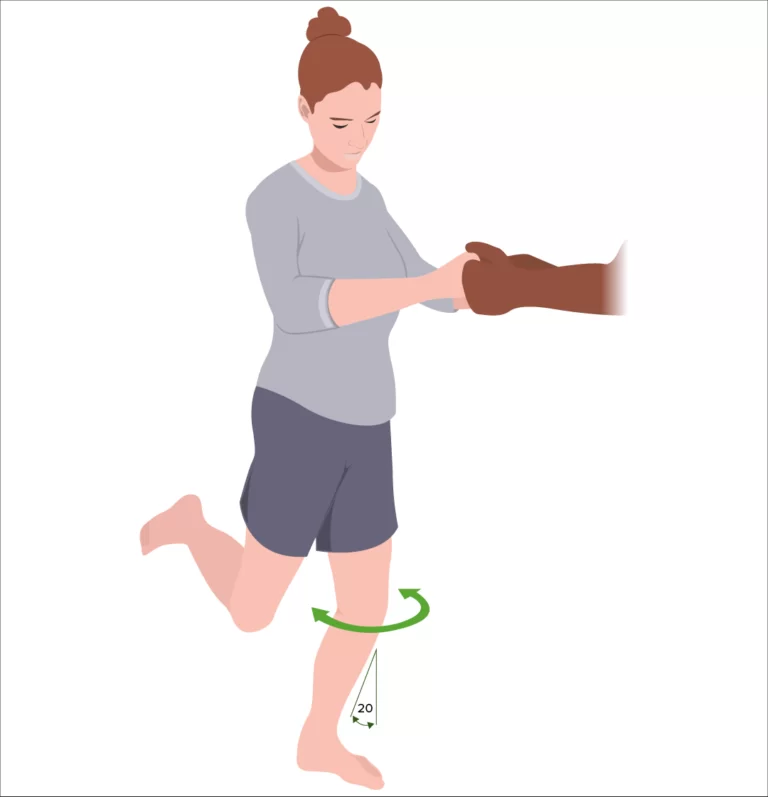

One Comment